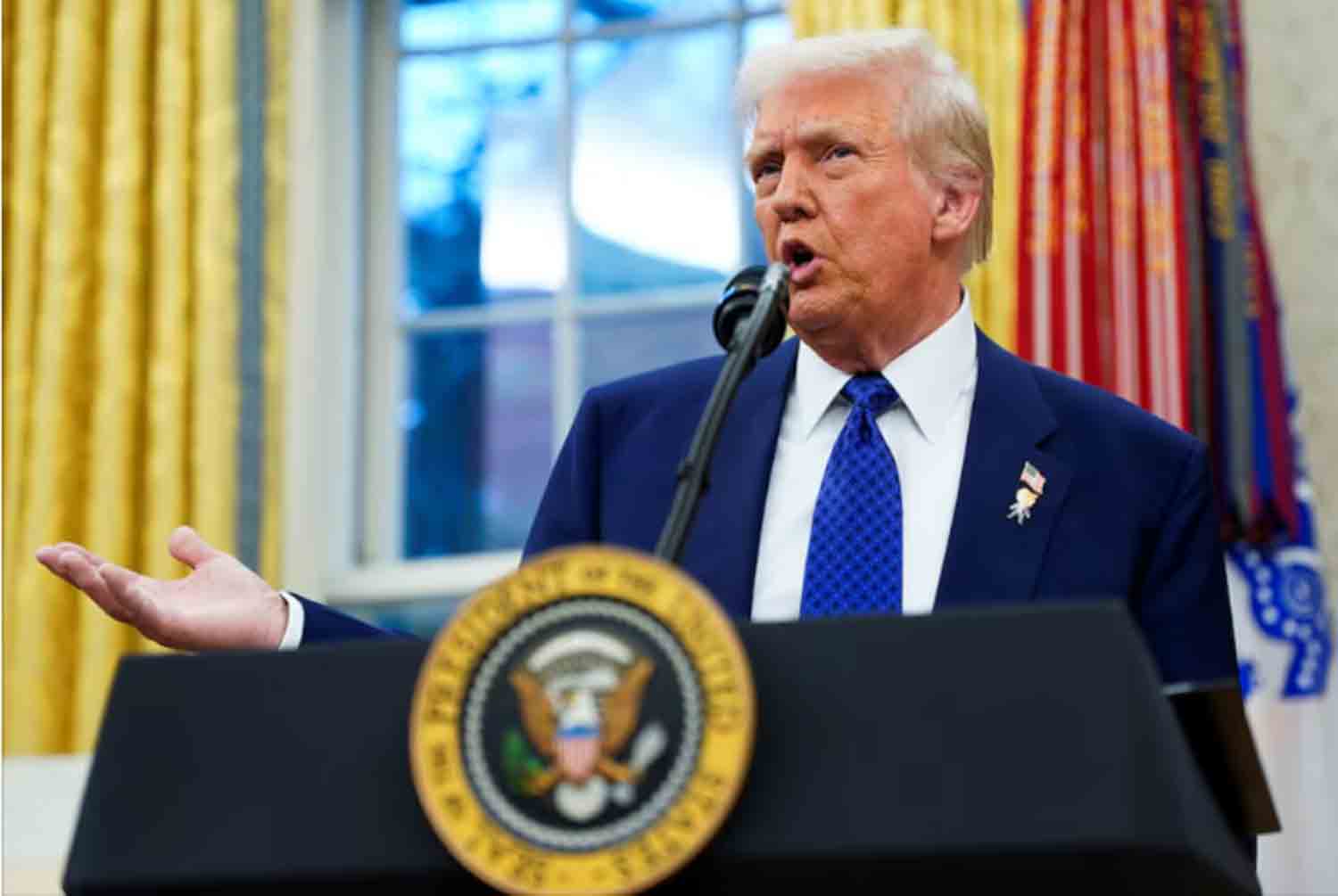European arms imports surged by 155% from 2020 to 2024, with Ukraine emerging as the largest arms importer globally following Russia‘s invasion in 2022, according to a report published by a prominent conflict research organization on Monday.
The Stockholm International Peace Research Institute (SIPRI) reported that the United States maintained its leading position in the global arms market, increasing its share of global arms exports to 43% during 2020-2024, up from 35% in the previous five-year period of 2015-2019. Notably, U.S. arms exports represented a market share comparable to that of the next eight countries combined.
Overall, Europe accounted for 28% of global arms imports from 2020 to 2024, a significant increase from 11% between 2015 and 2019, as indicated by SIPRI. Ukraine itself represented 8.8% of global arms imports during this period, with nearly half of those imports sourced from the U.S., despite military aid to Kyiv being paused under President Donald Trump.
The conflict has sparked the most significant confrontation between the West and Russia since the Cuban Missile Crisis in 1962, with both the Kremlin and the White House warning that miscalculations could lead to World War Three.
This war has highlighted Europe’s reliance on U.S. arms, even as the transatlantic alliance, which has been the cornerstone of European security since World War II, faces increasing scrutiny. According to SIPRI data, the U.S. accounted for over 50% of Europe’s arms imports from 2020 to 2024, with the United Kingdom, the Netherlands, and Norway among the leading purchasers.
European leaders expressed their support last Thursday for increased defense spending in light of the recent shift in U.S. policies under Trump. Pieter Wezeman, a Senior Researcher at the SIPRI Arms Transfers Programme, noted, “Given the growing aggressiveness of Russia and the strain on transatlantic relations during Trump’s first term, European NATO countries have initiated efforts to lessen their reliance on arms imports and bolster the European defense industry.”
He added, “However, the transatlantic arms supply relationship is well-established. U.S. imports have increased, and European NATO nations currently possess nearly 500 combat aircraft along with numerous other weapon systems still on order from the United States.”
In the 2020-2024 timeframe, Russian arms exports fell to 7.8% of the global market, down from 21% in the preceding four years, largely due to international sanctions related to the conflict in Ukraine and a rise in domestic weapon demand.
Arms imports in Asia and Oceania decreased by 21%, primarily due to China’s enhanced domestic weapon production. According to SIPRI data, overall global arms transfers remained relatively stable during the 2020-2024 period compared to the previous four years.
Discover more from Defence Talks | Defense News Hub, Military Updates, Security Insights
Subscribe to get the latest posts sent to your email.





